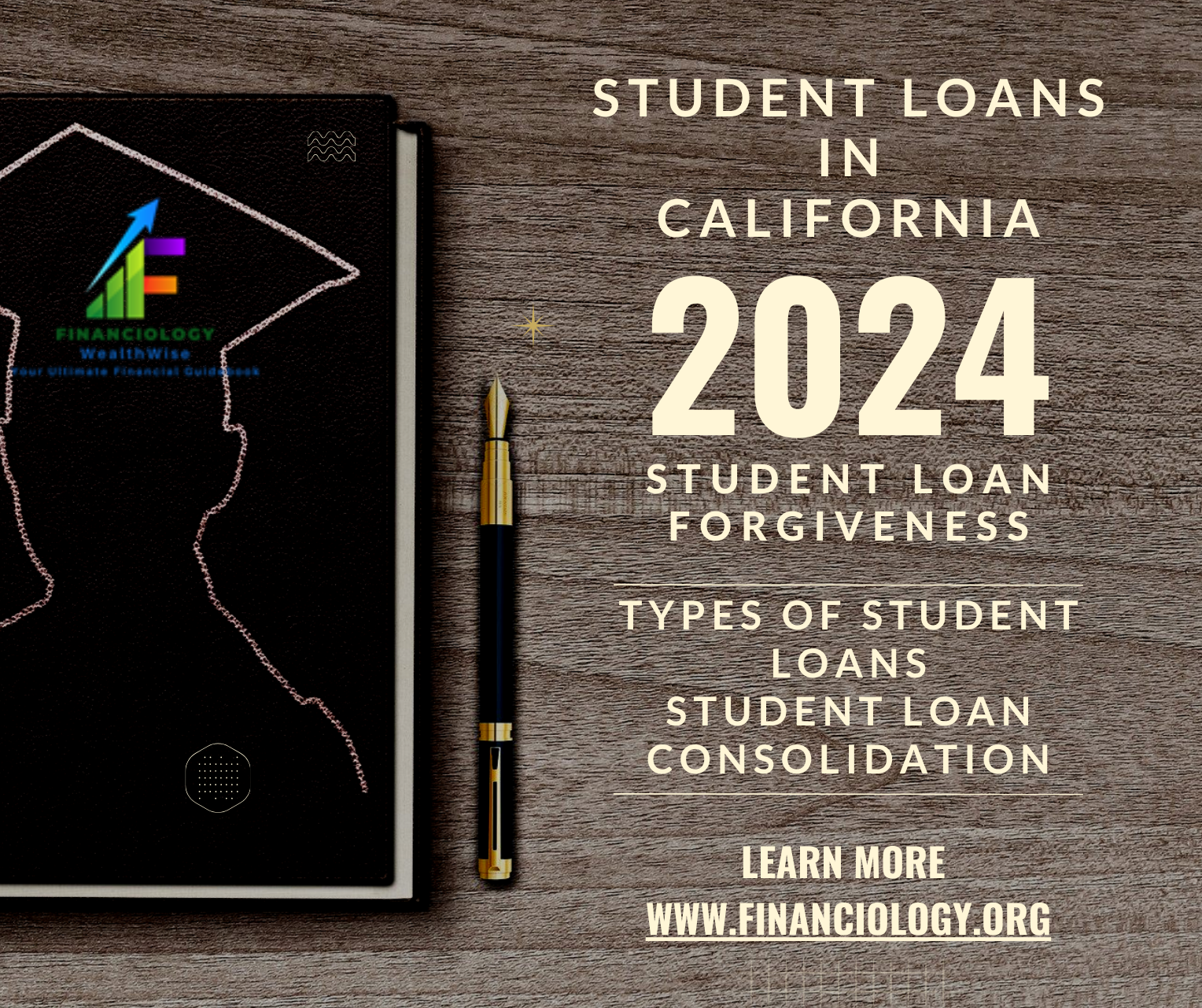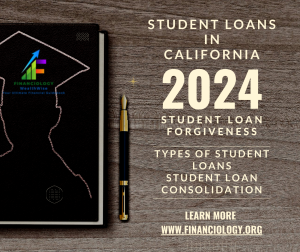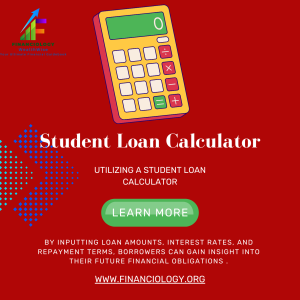Explore the Best Student Loans in California
7 min read
Finding the Best Student Loans in California
For Your Educational Journey
Explore the landscape of student loans in California and discover the top options for financing your education. Make informed decisions and pave your way to a brighter future with the best student loans available.
In financial planning, few decisions carry as much weight as choosing the right student loan. Finding the best student loans is paramount for students in California, where educational opportunities abound but costs can be daunting. Whether you’re a high school senior preparing for college or a returning adult learner seeking to further your education, understanding the options available can significantly impact your financial future.
California boasts a diverse array of institutions, from prestigious universities to community colleges and trade schools. With this educational richness comes a variety of financial aid options, including federal and private student loans tailored to California residents’ needs.
Federal student loans, such as Stafford and Perkins loans, are often the first stop for students exploring financing options. These loans offer competitive interest rates and flexible repayment plans, making them attractive choices for many Californian students.
Additionally, federal loans come with borrower protections such as income-driven repayment plans and loan forgiveness programs, providing valuable security for borrowers navigating their post-graduation finances.

For students who require additional funding beyond federal loans, private student loans present another avenue to consider. Many financial institutions and lenders offer private student loans specifically designed for California residents, featuring competitive interest rates and customizable repayment terms.
These loans can bridge the gap between federal aid and the total cost of attendance, providing students with the necessary resources to pursue their educational goals.
In California, where the cost of living can be high, it’s essential for students to carefully consider the long-term implications of their borrowing decisions. By thoroughly researching and comparing loan options, students can minimize their debt burden and set themselves up for financial success after graduation.
Utilizing resources such as loan comparison tools and financial aid counselors can empower students to make informed choices that align with their academic and financial objectives.
Furthermore, exploring scholarship and grant opportunities can help students reduce their reliance on loans altogether. California boasts a wealth of scholarship programs aimed at supporting students from diverse backgrounds and academic disciplines.
By diligently applying for scholarships and grants, students can offset educational expenses and reduce their need for student loans, easing their financial burden both during and after college.
Navigating the landscape of student loans in California requires careful consideration and informed decision-making. By exploring federal and private loan options, researching scholarship opportunities, and seeking guidance from financial aid professionals, students can identify the best student loans for their circumstances.
With the right financial planning and support, Californian students can embark on their educational journeys with confidence, knowing they have the resources they need to succeed.
What are the different types of student loans in California?
In California, students have access to various types of student loans to finance their education. These loans can be broadly categorized into federal and private student loans.
Federal student loans are offered by the U.S. Department of Education and include options such as Stafford Loans and Perkins Loans.
Stafford Loans are available to undergraduate and graduate students and come in two types: subsidized and unsubsidized.
Subsidized Stafford Loans are awarded based on financial need, and the government pays the interest while the student is in school.
Unsubsidized Stafford Loans are available to all students regardless of financial need, but interest accrues from the time the loan is disbursed.
Perkins Loans are low-interest federal loans available to students with exceptional financial need. These loans are administered by the student’s college or university and offer favorable terms for repayment.
In addition to federal loans, students in California can also explore private student loan options. Private student loans are offered by banks, credit unions, and other financial institutions and are not backed by the federal government. These loans often require a credit check and may have higher interest rates compared to federal student loans.
However, private student loans can be a viable option for students who have exhausted their federal loan options or need additional funding to cover educational expenses.
Overall, the different types of student loans in California provide students with flexibility and options to finance their education. It’s essential for students to carefully consider their borrowing needs, research loan terms and repayment options, and explore all available financial aid resources before making borrowing decisions.
With careful planning and informed decision-making, students can navigate the complexities of student loans and achieve their educational goals.
Who is eligible for a student loan in California?

Eligibility for student loans in California depends on various factors, including the type of loan and the student’s circumstances.
Here’s a breakdown of eligibility criteria for different types of student loans:
1. Federal Student Loans:
- To qualify for federal student loans, students must meet basic eligibility requirements, including:
- Being a U.S. citizen or eligible non-citizen.
- Having a valid Social Security number.
- Being enrolled or accepted for enrollment in an eligible degree or certificate program.
- Maintaining satisfactory academic progress.
- Not being in default on any existing federal student loans.
- For subsidized loans, demonstrating financial need based on the information provided on the Free Application for Federal Student Aid (FAFSA).
- Additionally, graduate students may be eligible for federal PLUS loans, which require a credit check and are subject to certain borrowing limits.
2. Private Student Loans:
- Eligibility criteria for private student loans vary by lender but typically include:
- Having a good credit history or a creditworthy cosigner.
- Being enrolled or accepted for enrollment in an eligible educational institution.
- Meeting any other specific requirements set by the lender, such as income verification or employment status.
3. State-Specific Programs:
Some states, including California, offer state-specific student loan programs or scholarship opportunities with their eligibility criteria. These programs may target certain demographics, academic majors, or career paths, so eligibility requirements can vary widely.
In California, students from diverse backgrounds and educational pursuits may be eligible for financial aid, including student loans. It’s essential for students to research the specific eligibility requirements for the loans they’re interested in and to complete any necessary application processes accurately and on time.
Additionally, students should explore other forms of financial aid, such as scholarships, grants, and work-study opportunities, to minimize their reliance on loans and make their education more affordable. By understanding their eligibility for different types of financial aid and planning accordingly, students can make informed decisions to support their educational goals.
Recent Blogs:
- Wells Fargo Student Loans
- Sofi Student Loan Refinancing
- Best Student Loan Consolidation
- Union Bank Education Loan for Abroad
Which banks offer student loans in California?
When seeking student loans in California, it’s crucial to explore various lenders to find the best options for your financial needs. Here’s a curated list of student loan providers in California:
1. Federal Student Aid (FSA):
- FSA, a division of the U.S. Department of Education, offers federal student loans, including Stafford Loans, Perkins Loans, and PLUS Loans for graduate students and parents.
- To apply for federal student aid, students must complete the Free Application for Federal Student Aid (FAFSA).
2. California Student Aid Commission (CSAC):
- CSAC administers state-specific financial aid programs, including Cal Grant programs and the Chafee Grant for foster youth.
- California residents can apply for Cal Grants by completing the FAFSA or California Dream Act Application.
3. Private Banks and Credit Unions:
- Banks and credit unions in California, such as Wells Fargo, Bank of America, and SchoolsFirst Federal Credit Union, offer private student loans with competitive interest rates and repayment terms.
- Private lenders often require a credit check and may offer variable or fixed interest rates.
4. Online Lenders:
- Online lenders like Sallie Mae, Discover Student Loans, and SoFi provide private student loans to California residents.
- These lenders may offer innovative features such as flexible repayment options, autopay discounts, and career services.
5. College and University Financial Aid Offices:
- Many colleges and universities in California have their own financial aid offices that administer institutional aid and provide guidance on accessing external funding sources.
- Students should consult their school’s financial aid office for information on scholarships, grants, and alternative loan options.
6. Community Organizations and Nonprofits:
- Community organizations and nonprofits in California, such as the California Community Foundation and local scholarship foundations, may offer financial assistance and scholarships to students in need.
- These organizations often have specific eligibility criteria and application deadlines, so students should research opportunities in their local communities.
7. Employer Tuition Assistance Programs:
- Some employers in California offer tuition assistance or reimbursement programs as part of their employee benefits package.
- Employees should inquire with their HR departments about available educational benefits and eligibility requirements.
When exploring student loan providers in California, students need to compare loan terms, interest rates, repayment options, and borrower benefits to find the most suitable financing solution for their educational goals and financial circumstances.
Additionally, students should prioritize federal loans and scholarships/grants before considering private loan options to minimize borrowing and make college more affordable.
Helpful Student Loans in California Links:
California Student Aid Commission: Click here
University of California Education Loans: Click here






